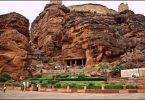I always find people of different faiths lost in most Buddhist worship places. Where to go? Whom to worship and what to offer? I think one of the reasons for this could be the lack of accessibility to Buddhist monastery in the cities, only a trip to Sarnath, Ladakh, or Himachal gives true exposure to the Buddhist culture and its aesthetics. Several parts of the upper Himachal Pradesh and the whole of Leh Ladakh follow Buddhism, the Buddhist population in the region owes to the presence of a high number of monasteries here compared to the rest of India.
When on a trip to Ladakh, you may visit plenty of monasteries and might find yourself underconfident but let me tell you, there are a bunch of motifs from the Buddhist culture that you must have come across that you’re simply unaware of; for example, I am sure you’ve seen colourful prayer flags fluttering on motorcycles of bikers, those flags are an integral part of Buddhist culture while the intricate mandalas that help reduce anxiousness when colouring is sacred to the Buddhist religion too.
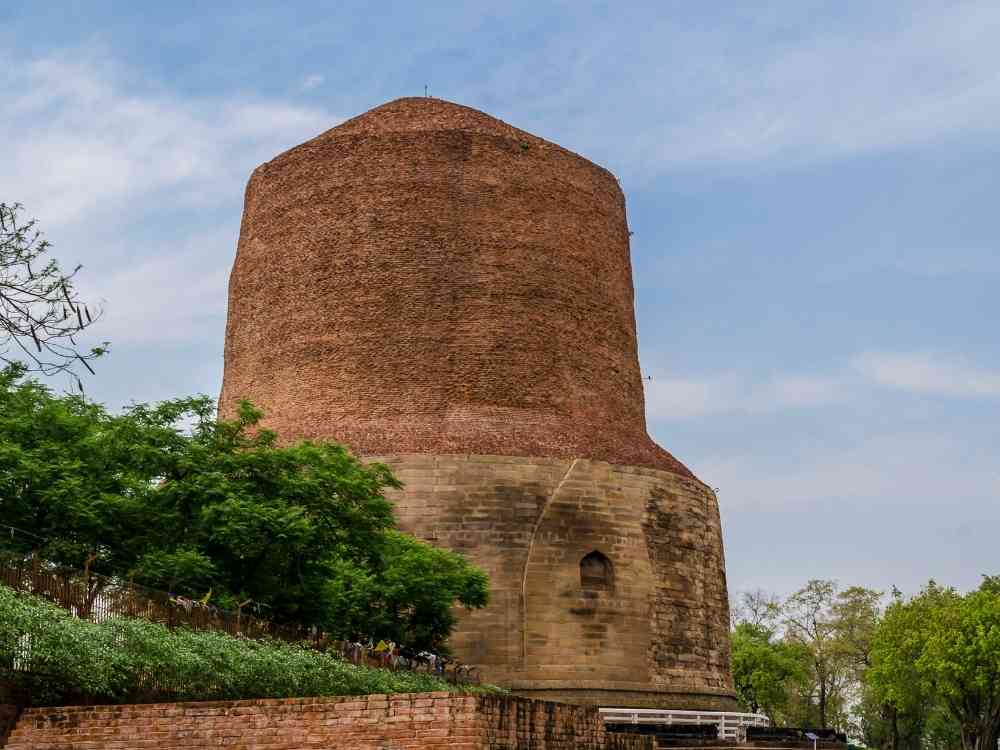
Regardless, let’s start from the very beginning, a read through this guide will help you understand the religion and its culture better and you’ll certainly know your way around a Buddhist monastery.
Early Years of Buddhism
The foundation of Buddhism was laid down by Buddha, who never claimed to be anything more than a human. He was born a prince named Siddhartha Gautama of the Shaka clan hence called Shakyamuni Buddha. In his early life, he was kept away from the sufferings of the world. Buddha got married at 16 and also had a son. He only encountered suffering in his 20s and the sights of it moved him such a lot that he went out into the world to seek enlightenment. He preached sermons and embarked on missionary travels for 45 years affecting the lives of thousands of people. At the age of 80, he experienced his pari nirvana—the ultimate nirvana.
Buddha’s teachings of the eightfold path of Buddhism and the Buddhist ideology made a great and positive impact on society. Buddhist influence took India away from the idea of social hierarchy and towards equality. It promoted equality for women and Shudras. It challenged the conformist nature of society; the Buddhist monastery served as an institute that spread the teachings and principles to foreign people who were searching for knowledge. The art and architecture of India, its paintings from Ajanta and other rock-cut temples exemplified the presence and promotion of art during the era.
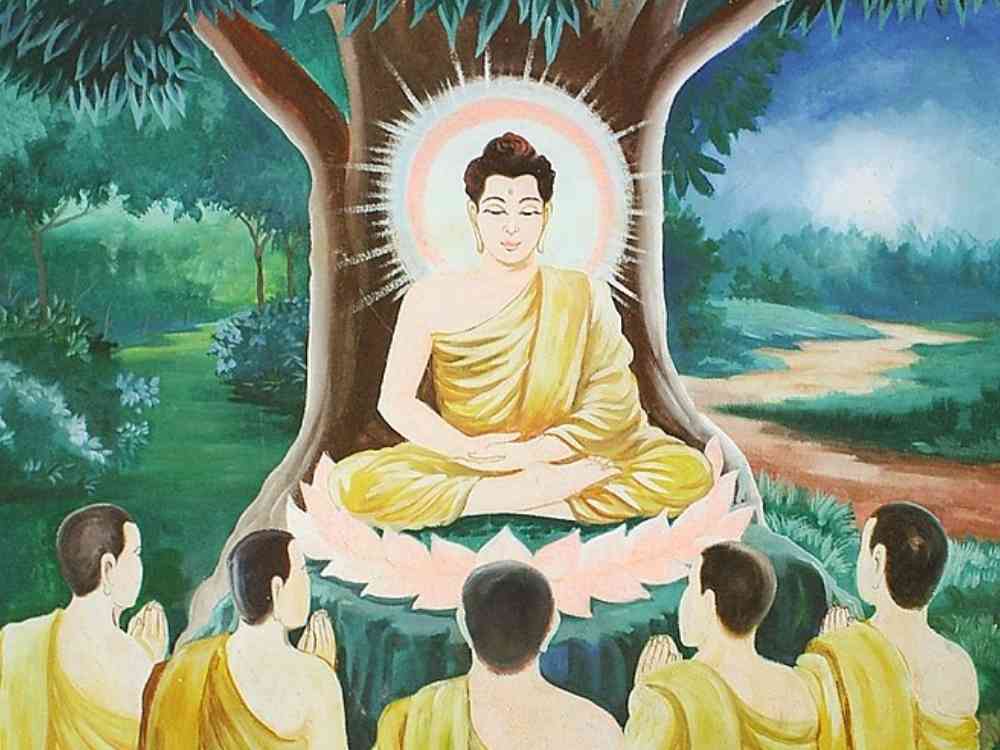
It was only during the reign of Emperor Ashoka of the Mauryan Empire, that the teachings of Buddhism turned into written text. Many traders and merchants emerged during the reign who accepted the teachings of Buddha. Since the Mauryan empire sprawled across the Indian peninsula, Buddhism expanded through trade routes with the subcontinent and other parts of central Asia on the Silk Route.
Ashoka’s guilt towards the Kalinga War was speculated to be the reason he turned Buddhist. Many others like Bactrian king Menander from Taxila, Parthian and the Kanishka emperor of the Kushan Empire also accepted Buddhism as their religion. The presence of Buddhism in Ladakh is due to the work of zealous missionaries from the Kushan and Mauryan empires.
While Emperor Ashoka spread the teachings of Budhha in India and other parts of Asia; King Kanishka took the teachings and beliefs to the central parts of Asia through the Silk Route resulting in the influence of Buddhism in major parts of Asia today. However, due to multiple invasions in the North, the number of Buddhists in India deteriorated rapidly, with most of them now living in the Himalayan regions of India.
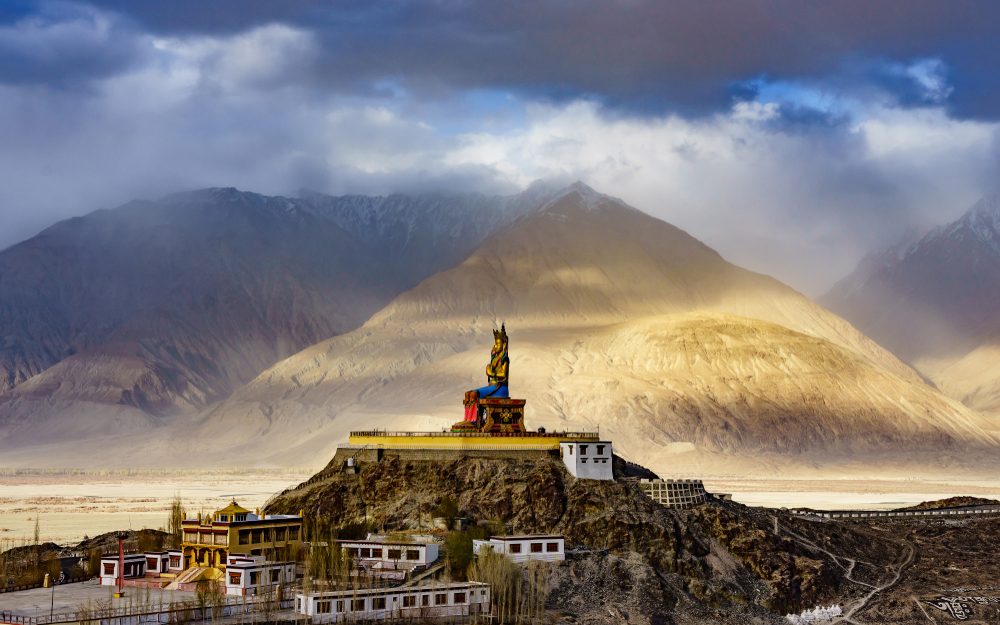
The Forts of Buddhism
Places of worship are truly the forts protecting spirituality. Such places play a pivotal role in fostering spirituality and serve as sanctuaries where individuals seek peace, solace, and a deeper connection with the divine. Just as a fort provides protection and a stronghold for a kingdom, temples safeguard religious practices and beliefs. They are repositories of sacred texts, symbols, and artefacts, embodying the religion’s spiritual and historical essence. The credit for Buddhism’s numerous disciples and the reason it is thriving is because of these places of worship.
Pagoda
A temple is a place of worship where people of faith come together and pray to their respective divine entities. Such a temple where Buddhists worship is called Pagoda. The architectural styles of pagodas vary throughout Asia. Still, a common factor is that they are built facing the East or South for positive vibrations and better luck. Pagodas were originally built to preserve Buddhist scripts and relics while also being places of prayer in India, they took inspiration from the structure of a stupa and are often referred to as stupas too.
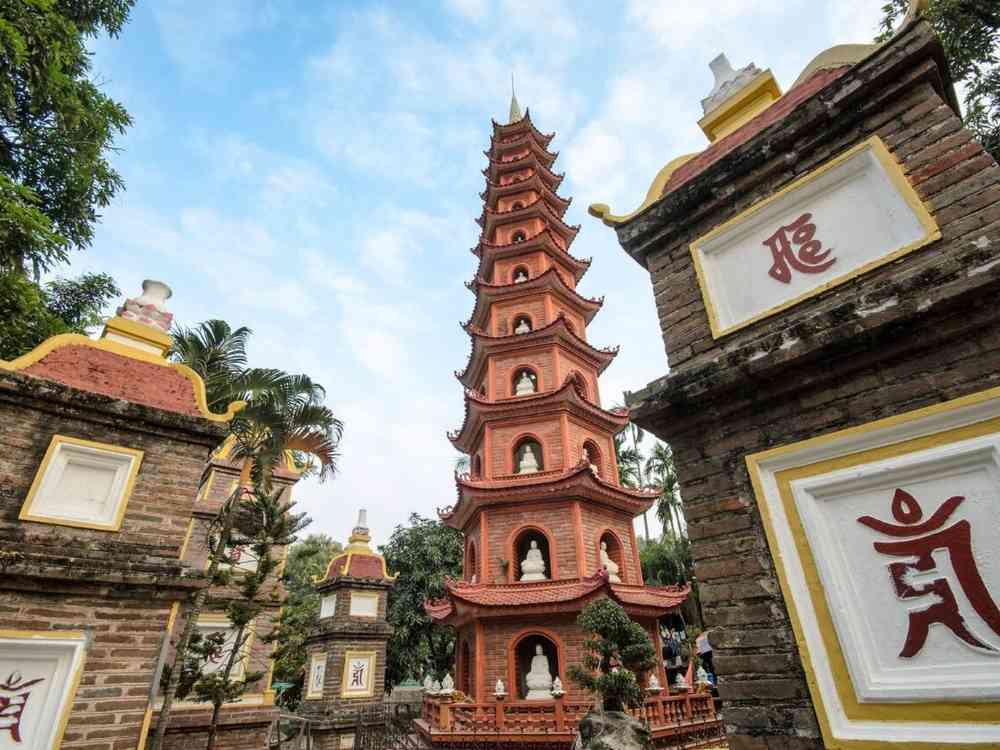
Stupa
Stupa means a ‘heap’ in Sanskrit and is a place of burial. A stupa is a bell-shaped solid structure containing religious relics such as the remains of Buddha. The earliest stupas are said to have portions of Buddha’s ashes making them divine. You can see a copper plate running around the bottom part of a stupa, which is a seal that protects it from evil and has no gates to enter the stupa. One can only circumambulate the stupa as a meditational practice called kora.

Visit the famous Shanti Stupa with JustWravel’s Ladakh tour packages.
Buddhist Monastery
At the very beginning of Buddhism, monks chose to follow asceticism, they neither had permanent shelter nor rations. They got a roof over their head, clothes and food from people who wished to gain karmic merit. They built small complexes for the monks at a reasonable distance from the settlements for the monks to meditate in silence while being accessible. This gave rise to the Buddhist monastery, slowly the stupa became a symbol for Buddhism even though they didn’t have relics anymore, and a vihara or residence hall was constructed along with an assembly hall called chaitya along prominent trade routes. They were also built in the remote corners of the Himalayas, in caves, on the edge of cliffs or alpine plains beside pristine rivers and lakes. These high-altitude places were conducive for meditation while being zen and inaccessible to many keeping the sanctity of the place intact.

Terms from a Buddhist Monastery
Now that you know the difference between these sacred places, let us dive into the terms and concepts you may come across in a monastery. As you find your way into a monastery, you’ll come across a lexicon that defines its spiritual and cultural identity.
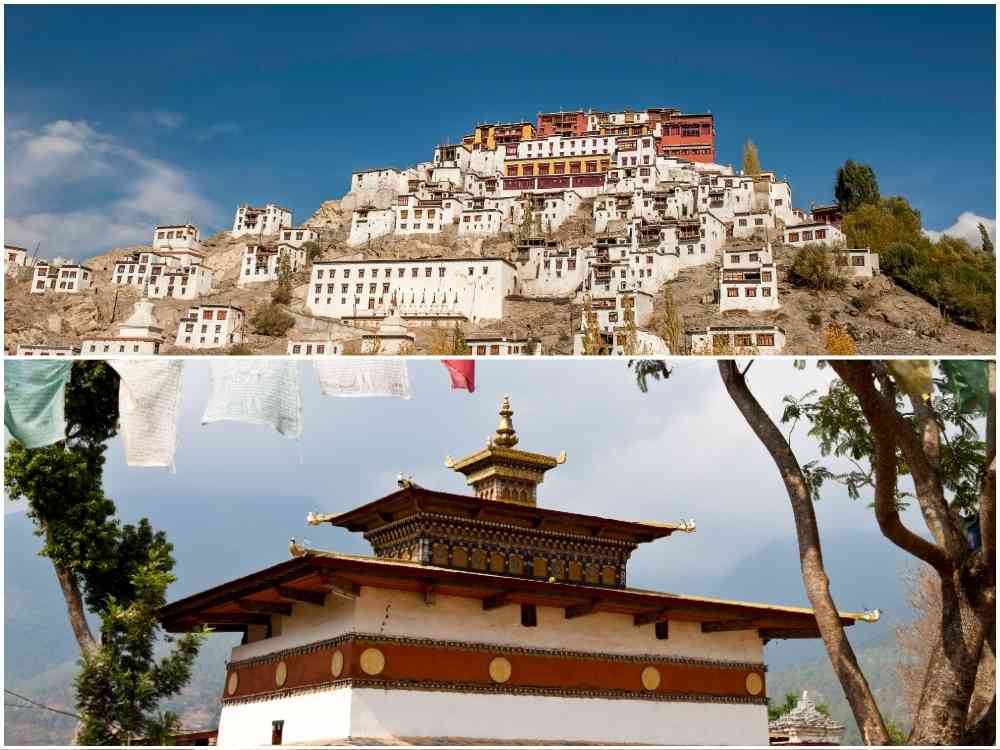
Visit Chimi Lhakhang and much more in Bhutan with the best Bhutan tour packages.
Gompa
Gompas is another name for monasteries, the spiritual heartbeats of Buddhism, often perched on cliffs and hills. These serene sanctuaries offer panoramic views that are as breathtaking as they are tranquil. They serve as centres for learning, meditation, and preserving the rich cultural heritage of Tibetan Buddhism.
Lhakhang
A temple is also called Lhakhang and it is derived from the Tibetan language and means “House of the Gods”. They can be found separately like in the Changangkha Lhakhang, Bhutan or found in the complex of a monastery like in the quirky Chimi Lhakhang Monastery where phallus are painted on walls and flying carved wooden phalluses on the eaves of houses. Most Lhakhang are devoted to a particular deity or saint, whose images can be observed on the main altar.
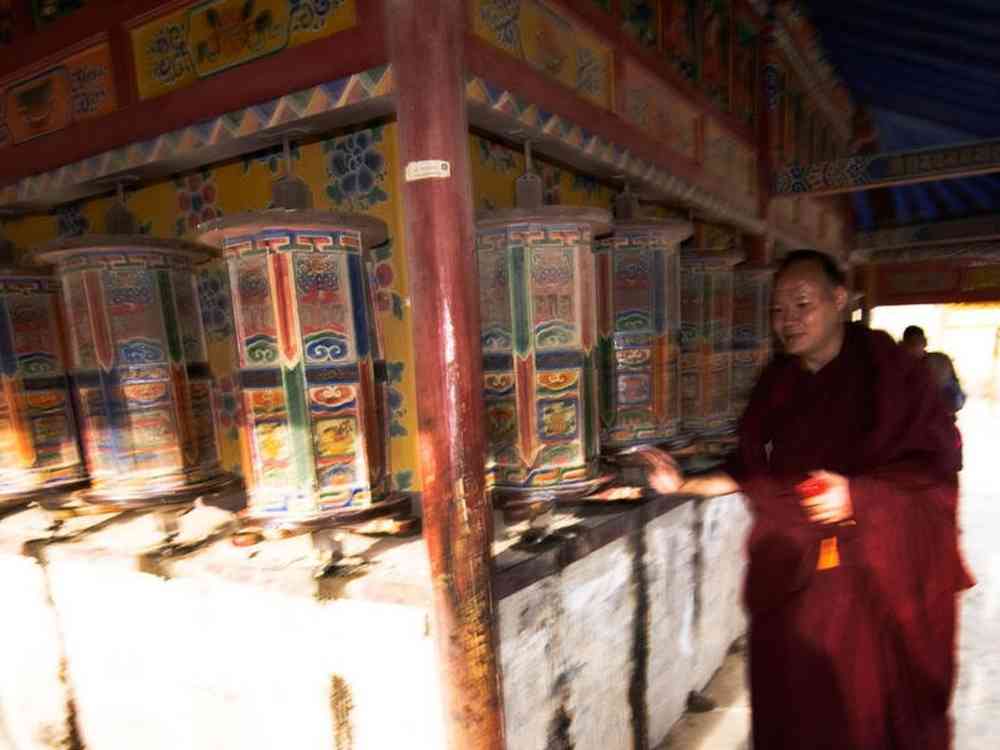
Kora
Kora is both a pilgrimage and a meditative practice in Tibetan Buddhism, involving circumambulation around a sacred site or object. Practitioners walk in circles, often in odd numbers like 3, 7, 9, or 21, as odd numbers are considered auspicious. Kora is a profound expression of devotion and spiritual discipline.
Mani Wheels
You might see monks humming mantras while brushing their hands past these golden cylindrical wheels inscribed with the mantra “Om Mani Padme Hum.” Spinning these prayer wheels is a meditative practice believed to accumulate wisdom, merit, and good karma while dispelling negative energy. They are a common and cherished feature in monasteries and along pilgrimage routes.
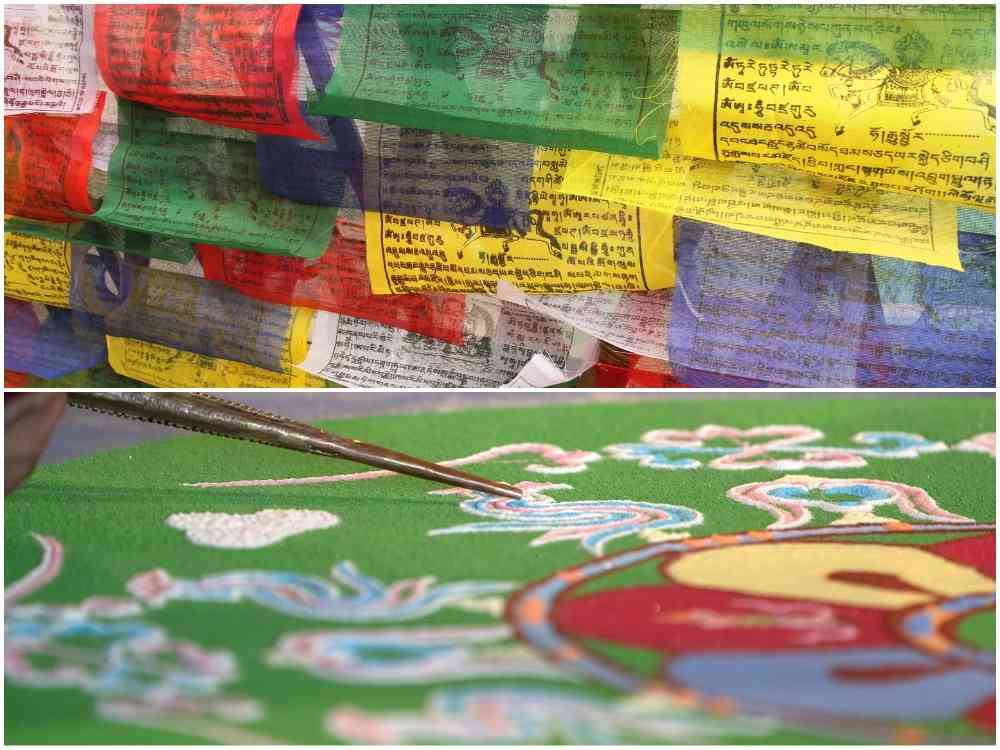
Lung-ta
Buddhist prayer flags, known as “lung-ta” or “Windhorse,” symbolize the idea that prayers and blessings are carried by the wind, spreading goodwill and compassion throughout the world. These colourful flags are typically adorned with mantras, symbols, and prayers, which are believed to be activated as the wind blows. The Windhorse symbolizes strength and the uplifting of life energy. You can find them at high places such as mountain passes and rooftops, ensuring that the prayers reach all beings.
Mandala
Mandalas are geometric designs representing the universe, used in meditation and rituals. They symbolize the intricate nature of the cosmos and the journey towards spiritual enlightenment. Creating mandalas is a profound practice of contemplating the impermanence of everything by meticulously crafting colourful, intricate sand mandalas – stunning pieces of art that take days to complete, only to be erased afterwards.
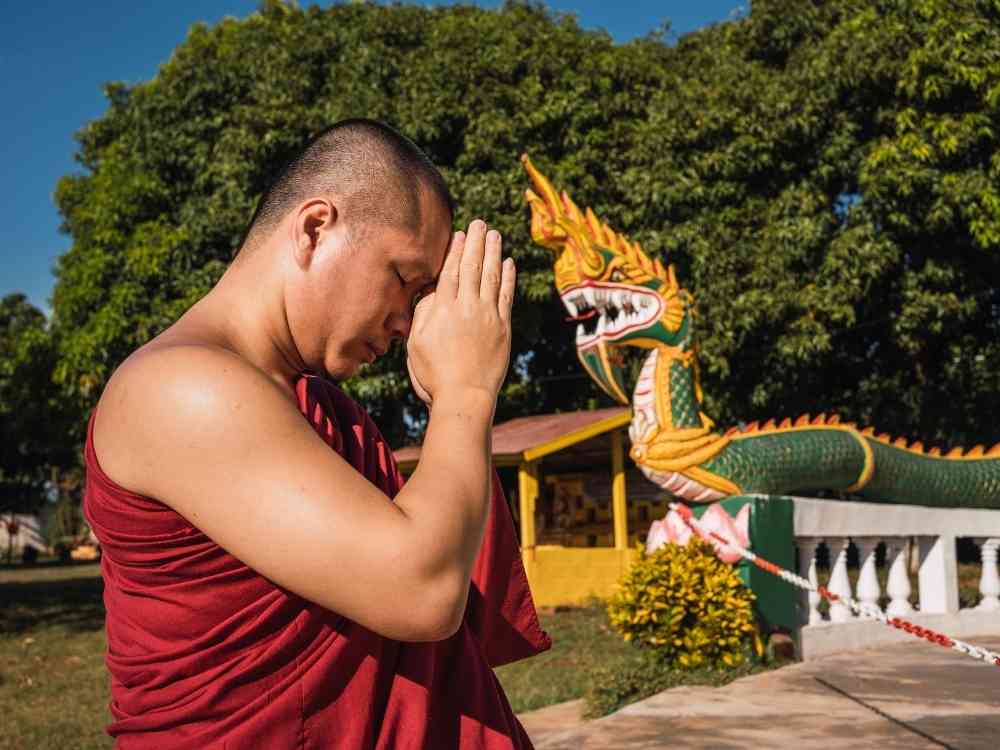
Lamas
Lamas are revered spiritual teachers in Tibetan Buddhism, guiding both the religious and daily lives of the Buddhist people. They lead rituals, provide teachings, and offer spiritual support, embodying the wisdom and compassion of the Buddhist path.
Añjali Mudrā
Añjali Mudrā is a gesture of devotion and great respect, depicted in Buddhist art with hands pressed together in prayer. This mudra can be used to greet monks and in front of the deity of the monastery symbolizing deep reverence and humility.
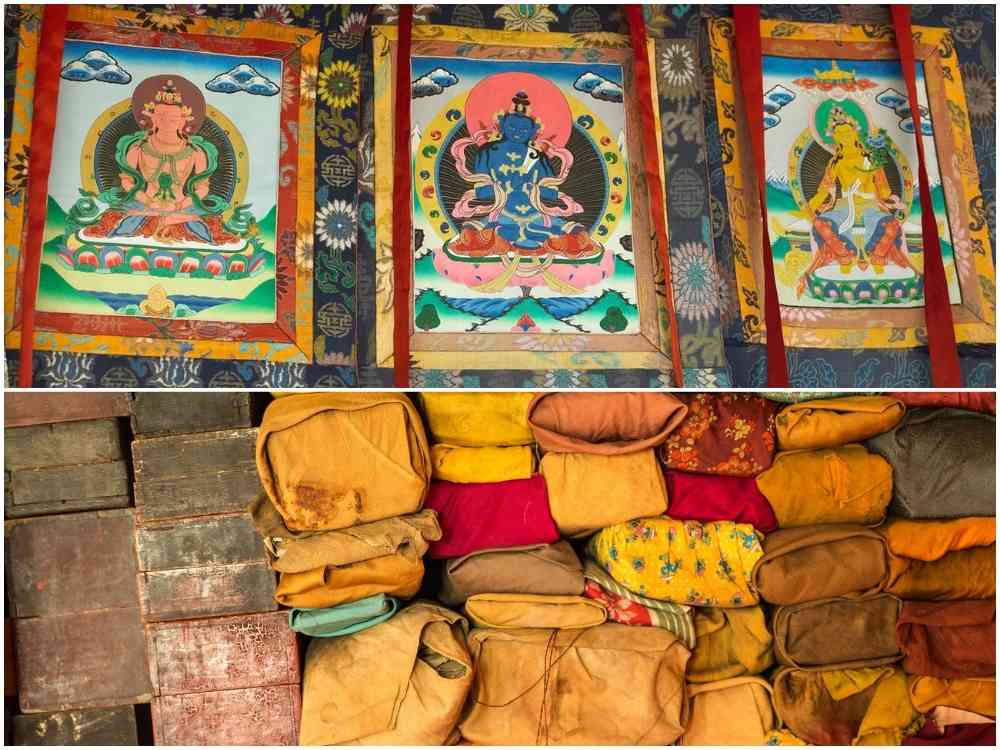
Thangka
Thangkas are traditional Tibetan Buddhist paintings on cotton or silk, depicting deities, mandalas, or scenes from the life of the Buddha. These intricate artworks are used as teaching tools and meditation aids, helping practitioners visualize and connect with the divine.
Sutra
Sutras are sacred Buddhist texts that contain the teachings of the Buddha, as well as commentaries and guidelines for practice. Derived from the Sanskrit word meaning “thread” or “string,” sutras weave together the core principles of Buddhist philosophy and practice, serving as a vital source of spiritual wisdom and guidance. They are often chanted in religious ceremonies and meditation sessions, believed to have spiritual and purifying effects on both the chanter and the listener.
I hope these terms and concepts will enhance your understanding and appreciation of the rich spiritual and cultural tapestry you’ll encounter in a Buddhist monastery. Another thing you should be aware of in a monastery or any Buddhist place is to maintain decorum and stick to the rules followed by the community.
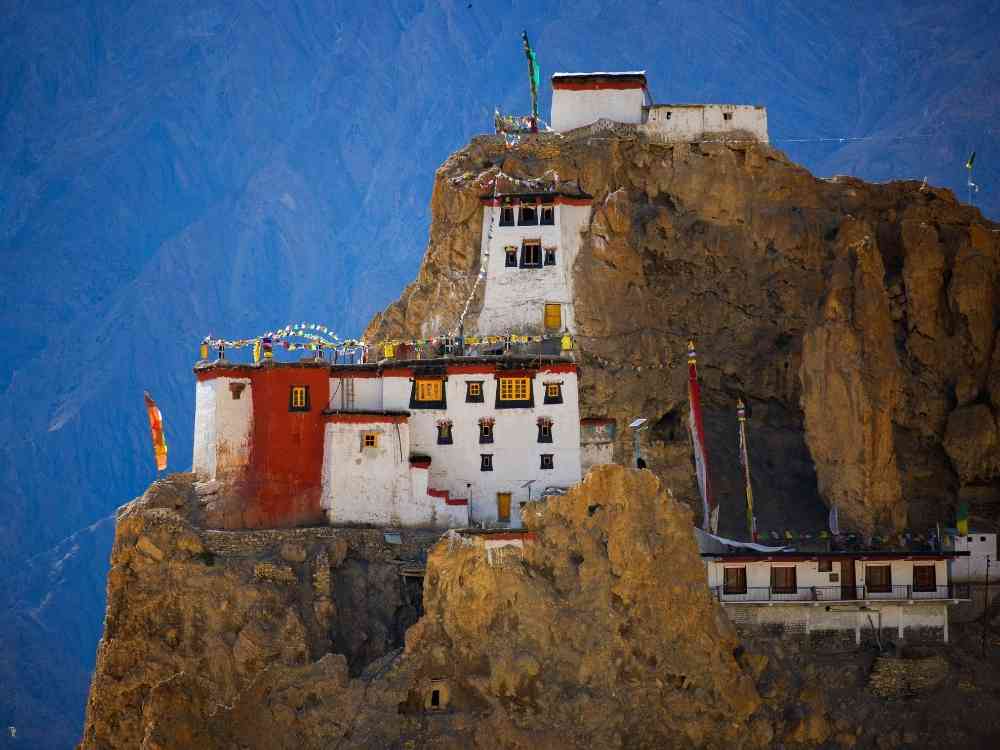
Read more: Must-Visit Monasteries in Spiti Valley.
Guidelines for a Buddhist Monastery
- It is best to leave your footwear outside the places of worship even if there is no signboard.
- One should avoid wearing skimpy clothes and should dress modestly.
- Maintaining distance from the monks is considered respectful and only take pictures with consent.
- Do not point fingers and especially feet towards sacred monuments or senior monks.
- Put your phone on silence while also making a negligible sound in the monastery precinct.
- Avoid discussing a monk’s past life and their political stance.
- Do not step the threshold at the entrance of the Buddhist monastery, it is considered to be the shoulders of Budhha.

FAQs
What is a Buddhist monastery called?
A Buddhist monastery is called a Vihara. These serene sanctuaries provide a place for monks and nuns to live, meditate, and study the teachings of Buddhism, offering a peaceful retreat for spiritual seekers.
Can you live in a Buddhist monastery?
Yes, you can live in a Buddhist monastery as a layperson for short or extended periods, often participating in meditation retreats and daily rituals. Many monasteries welcome those seeking spiritual growth and a deeper understanding of Buddhist practices.
Which is the largest Buddhist monastery in India?
The largest Buddhist monastery in India is the Tawang Monastery in Arunachal Pradesh. This magnificent structure is a major centre of spiritual learning and a key pilgrimage site for Buddhists around the world.
What do Buddhists do in a monastery?
In a Buddhist monastery, Buddhists engage in various activities such as meditation, chanting, studying scriptures, and performing rituals. These practices are aimed at cultivating mindfulness, compassion, and spiritual enlightenment.
Which Buddha statue is famous in Ladakh?
The famous Buddha statue in Ladakh is the Maitreya Buddha at Thiksey Monastery. This grand statue symbolizes the future Buddha and is a major attraction for visitors exploring the spiritual landscape of Ladakh.







